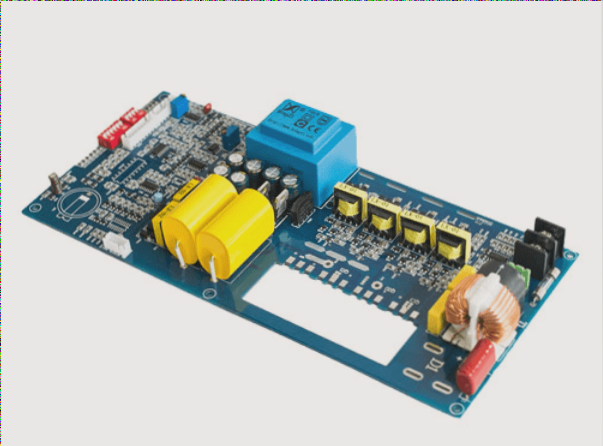Understand the principles and guidelines for designing flexible circuits.
The article discusses the key considerations and design strategies for flexible circuits, highlighting the importance of managing mechanical stress, optimal conductor routing, and ensuring the proper bending ratio, while also addressing manufacturing challenges like conductor width, via types, and controlled impedance to maintain reliability and performance.
Understand the principles and guidelines for designing flexible circuits. Read More »




